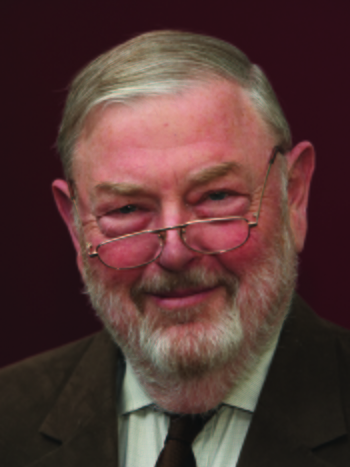Adrenal vein sampling may expose patients with primary aldosteronism to excess radiation
Patients with primary aldosteronism undergoing adrenal vein sampling to diagnose disease subtype may be exposed to “fairly high” values of excess radiation, but the amount of radiation exposure varies across centers, according to findings published in the European Journal of Endocrinology.
Adrenal vein sampling (AVS) is often touted as a “gold standard” method to select patients for the surgical management of primary aldosteronism, but its superiority and accuracy is increasingly being challenged for many reasons. As Endocrine Today reported in March, AVS is invasive, expensive and has poor standardization across centers regarding sampling protocols and interpretation of results.
“Another argument brought forward against AVS is the potentially high radiation dose, to which patients are submitted during the procedure,” Carmina Teresa Fuss, of the division of endocrinology and diabetology at University Hospital and University of Wurzburg, Germany, and colleagues wrote in the study background. “Even though there are proven risks linked to radiation exposure, eg, an increased incidence of cancer, to our knowledge there is no available data so far addressing this particular problem.”
Fuss and colleagues analyzed retrospective data from 656 AVS procedures performed between 1999 and 2017 at four university hospitals across Germany, including data on sampling locations and imaging modalities for each center (median age of patients, 53 years; 10 patients underwent AVS twice). Primary outcomes were dose-area product, defined as the product of the radiation dose to air multiplied by the area of X-ray field, and fluoroscopy time, defined as the amount of time during the procedure in which fluoroscopy is used. Researchers approximately calculated consecutively the effective dose.
Researchers found that median dose-area product was 32.5 Gy-cm² and median fluoroscopy time was 18 minutes. Calculated effective dose was 6.4 mSv. However, values between participating centers varied widely, according to the researchers; the median dose-area product ranged from 16 Gy-cm² to 147 Gy-cm², fluoroscopy time ranged from 16 to 27 minutes and effective dose ranged from 3.2 mSv to 29 mSv — the equivalent of 1,470 chest X-rays, according to the researchers.
“For further reference, abdominal CT alone, routinely performed in patients with [primary aldosteronism] to assess the presence of nodules and for visualization of adrenal veins prior to AVS, is associated with an [exposure dose] of approximately 10 mSv,” the researchers wrote.
The researchers also noted the difference in radiation doses between participating centers, which can be explained by the respective variation of imaging modalities. One center, for example, performed less samplings in fewer locations and did not use digital subtraction angiography for the visualization of vascular structure at any point, leading to less radiation exposure.

“To minimize radiation exposure, we recommend adopting some adjustments to currently applied protocols in the future, e.g. by limiting digital subtraction angiography, focusing on a minimum of sampling locations, or limiting the radiation field,” Stefanie Hahner, MD, professor of medicine in the division of endocrinology and diabetology at University Hospital Wurzburg, Germany, told Endocrine Today. “AVS should furthermore be performed by experienced investigators and rapid cortisol measurements during AVS should become standard.”
Hahner noted that non-invasive tools for diagnostic evaluation of primary aldosteronism, including steroidobolomics or functional imaging, represent potential alternatives that are currently evaluated by different groups.
“It will be interesting to see if we will be able to replace AVS by advanced methods,” Hahner said.
– by Regina Schaffer
For more information:
Stefanie Hahner, MD, can be reached at University Hospital Wurzburg, Josef-Schneider-Straße 2, 97080, Wuerzburg Germany; email: Hahner_S@ukw.de.
Disclosures: The authors report no relevant financial disclosures.

